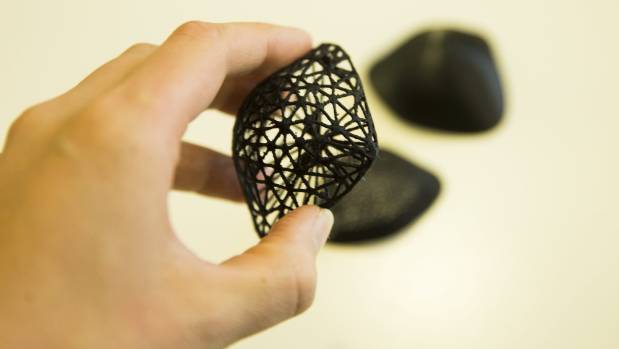There are numerous ways to treat cancer, from chemotherapy to external beam radiotherapy. But, there is no one treatment which is sure to work for everybody. Worse yet, cancer treatments take months of endurance, pain, and insecurity for the patient.
When you’re not sure if the treatment is going to get rid of the cancer, this can be extremely hard to face. However, one Masters student from the Waikato University, New Zealand may have a way to reduce a cancer patient’s long treatments.
Shalini Guleria’s idea involves 3D bioprinting cancer tumors outside of a patient’s body. This means taking a sample of cells, growing a tumor to test on and finding the best treatment for the individual.
Before she can get to that point, Guleria has been using commercially available cells to 3D print breast cancer tumors in plastic to make sure the shape is correct. Now, she’s beginning to use her university’s bioprinter to print life-size tumors.
Guleria explains the benefits of this process, saying: “In the future what could happen is if someone has breast cancer, we could take their tumor cells and print out a tumor and try out different drugs on it and see which treatments work and what works best for the patient. It’s all about making treatment more patient-specific.”

Providing More Effective Cancer Treatments
For her tests, Guleria is growing cancer cells which came from a 69-year-old nun who died in 1970. These available cells are often used in breast cancer research.
Using the cells, Guleria will be studying how fast cancer cells grow in a 3D model when compared with a 2D model. To do this, she is printing cancer cells mixed with a hydrogel or other binding material.
“Currently the easiest way to do pharmaceutical tests on cancer cells is using 2D models which is basically a petri dish where the cells stick to the bottom of the dish and you analyze them. But humans are three dimensional and 2D doesn’t really present an actual human tumor… With a 3D bioprinter, we can give cells a 3D environment and analyze how the cells interact with each other. Once we get the tumors made, we can slice them into sections and use a confocal microscope to study them.”
Guleria believes that her research could lead to more effective treatments for cancer patients. This is a subject which is particularly close to her heart as a close friend of hers was diagnosed with leukemia when she was just 17.
“She was only 17 and passed away a year after her diagnosis. I was always interested in medical science but when that happened it really hit me and to grieve I went crazy into cancer research,” Guleria explains.
Helping her with her work is senior lecturer Dr. Linda Peters, who is supervising. Here’s hoping Guleria’s studies will be successful in improving the treatments available for cancer patients.
Source: Stuff
License: The text of "Student 3D Bioprints Cancer Cells to Improve Treatments" by All3DP is licensed under a Creative Commons Attribution 4.0 International License.